“Dare yourself to speak” – Alaska Airlines celebrates AANHPI heritage & culture
Share
For Asian American and Native Hawaiian/Pacific Islander (AANHPI) Heritage Month, we spoke with leaders of Alaska’s business resource group, Pacific Islander Alliance, about their efforts, including their partnership with Kumu Kahanuola Solatorio to provide opportunities for Alaska employees to learn the Hawaiian language. Throughout May, we recognize the history and achievements of Asian Americans, Native Hawaiians and Pacific Islanders across our network.
Nearly 17 years ago, just before Alaska Airlines began its first flights to Hawaiʻi, two Alaska employees had a conversation over lunch that continues to make an impact today.
“I still remember,” said Jill Tanga, of the meal she shared with her colleague, Lucy Purcell, in 2007. “We had lunch and we wanted to find ways to specifically support our Pacific Islander community. So, we organized with the intent of ensuring that Hawaiʻi and the host culture is accurately represented in our service.”
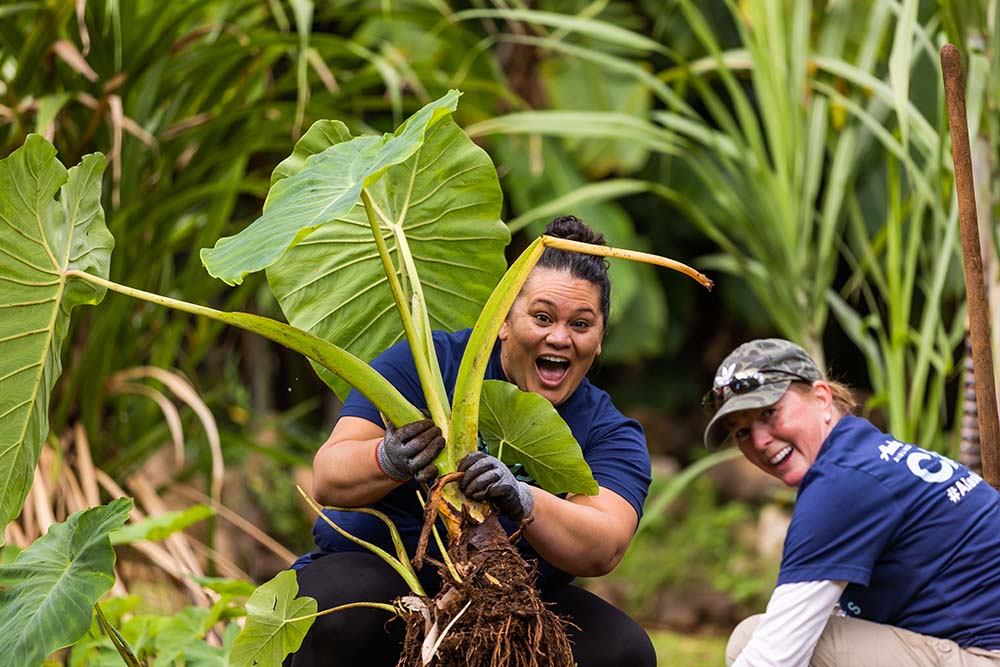
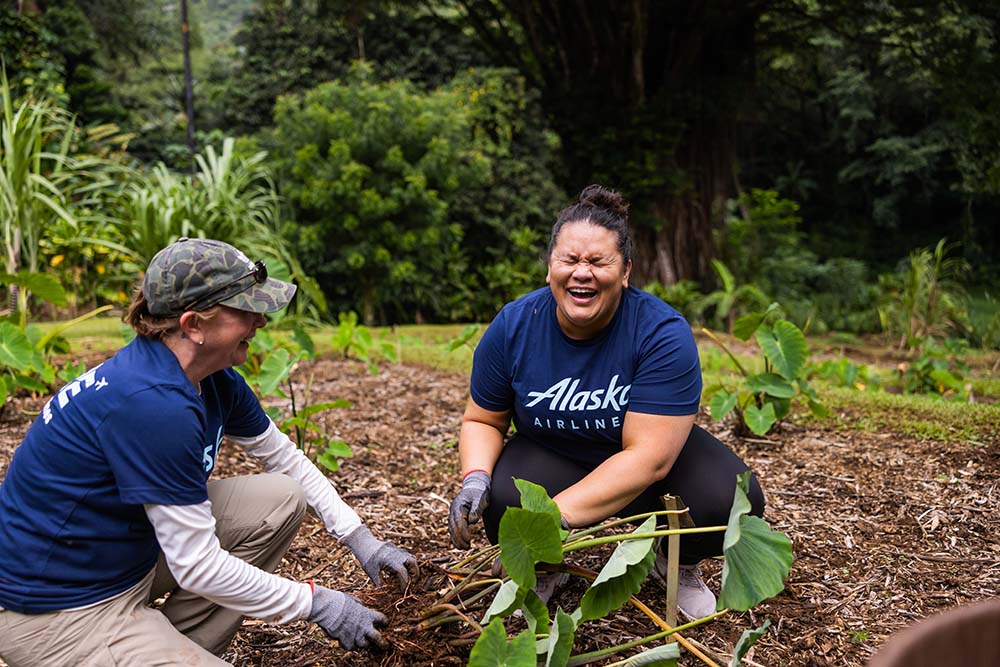
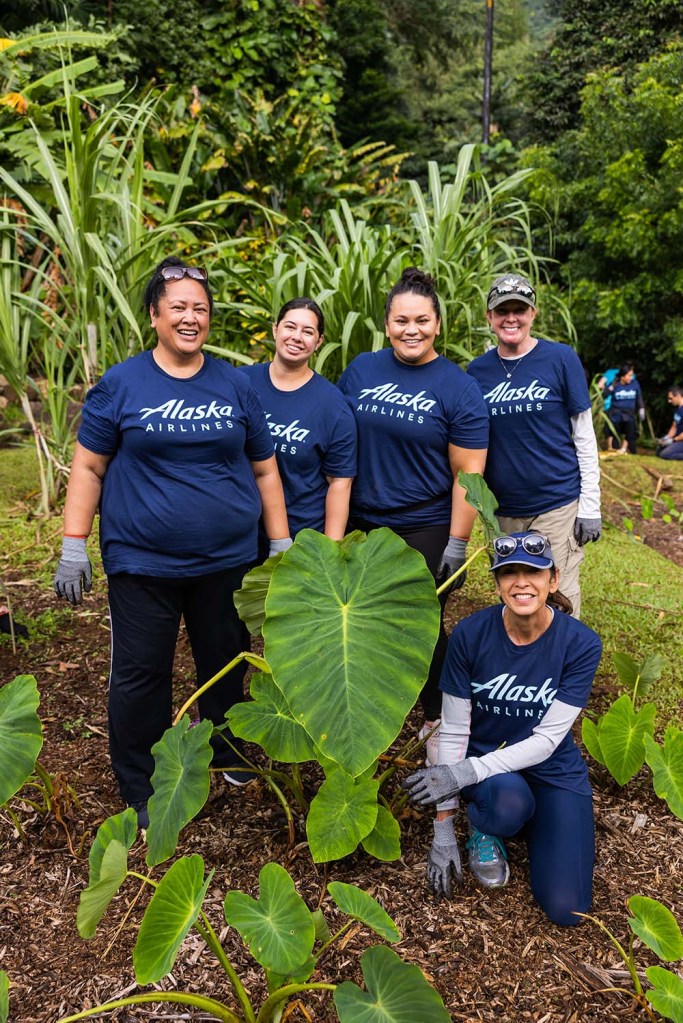
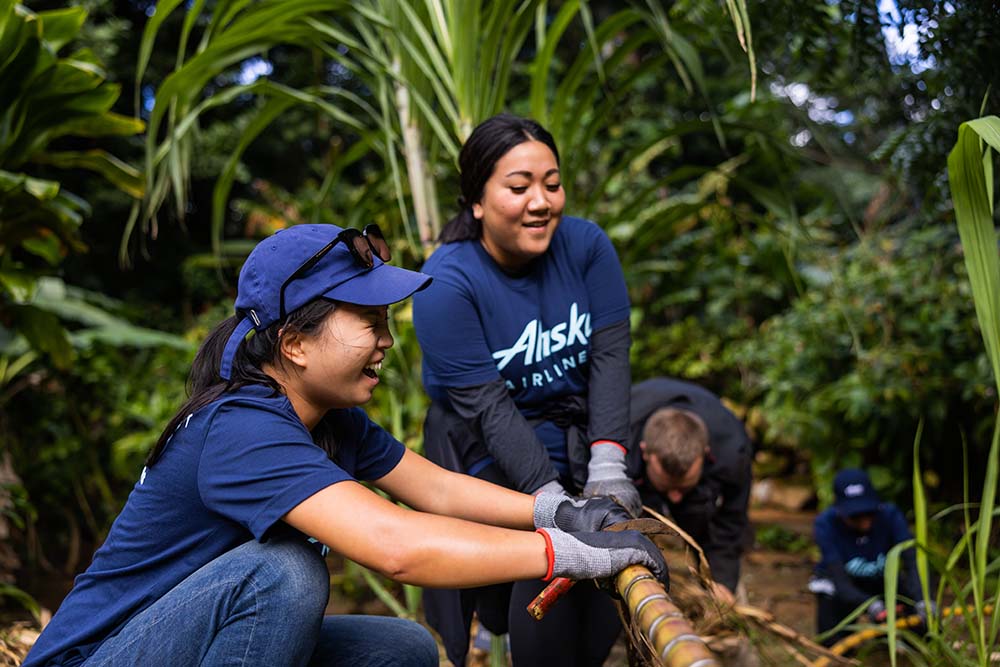
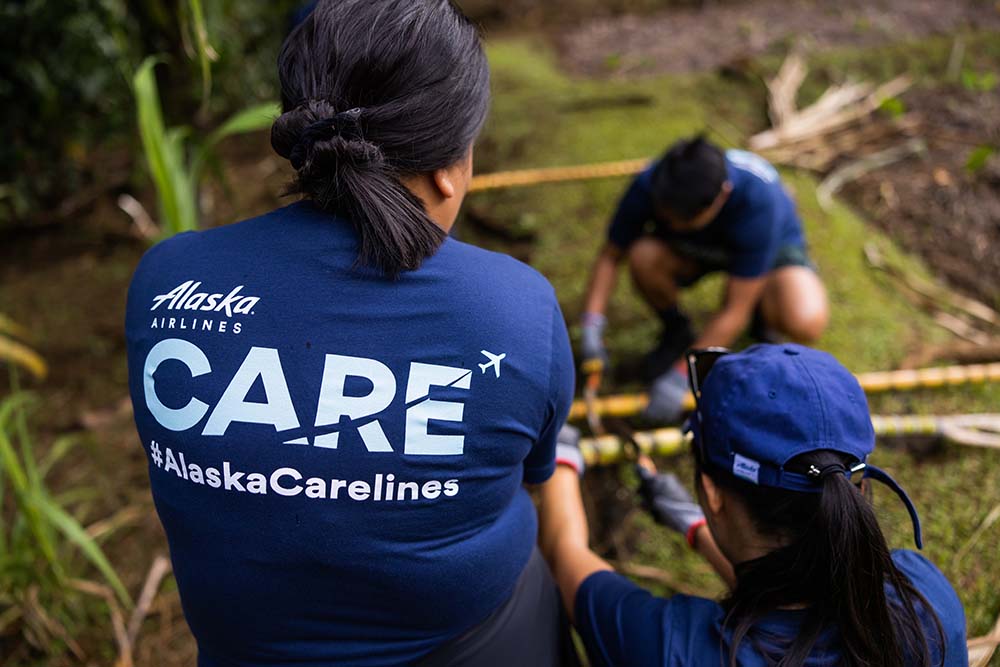
Their conversation was the first step in forming Alaska’s business resource group, Pacific Islander Alliance or P.I.A. Tanga, who was born on Oʻahu and is part Native Hawaiian, continues to serve as one of the group’s leaders today. Over the years, P.I.A. has worked to support employees, and serve as cultural advisors and ambassadors for the airlines. The P.I.A.’s balanced approach bolsters company initiatives and employee engagement opportunities, which includes educational, career and leadership development, as well as participation in community and volunteer events.
“As an airline that takes people to travel to Hawaiʻi, we have the kuleana (responsibility) to make sure that we are doing that in a really intentional way,” said Shanyn Wright, one of the leaders of P.I.A. She explained that P.I.A. was founded in part “to make sure that there was a Hawaiian or Pacific Islander perspective in the room.”
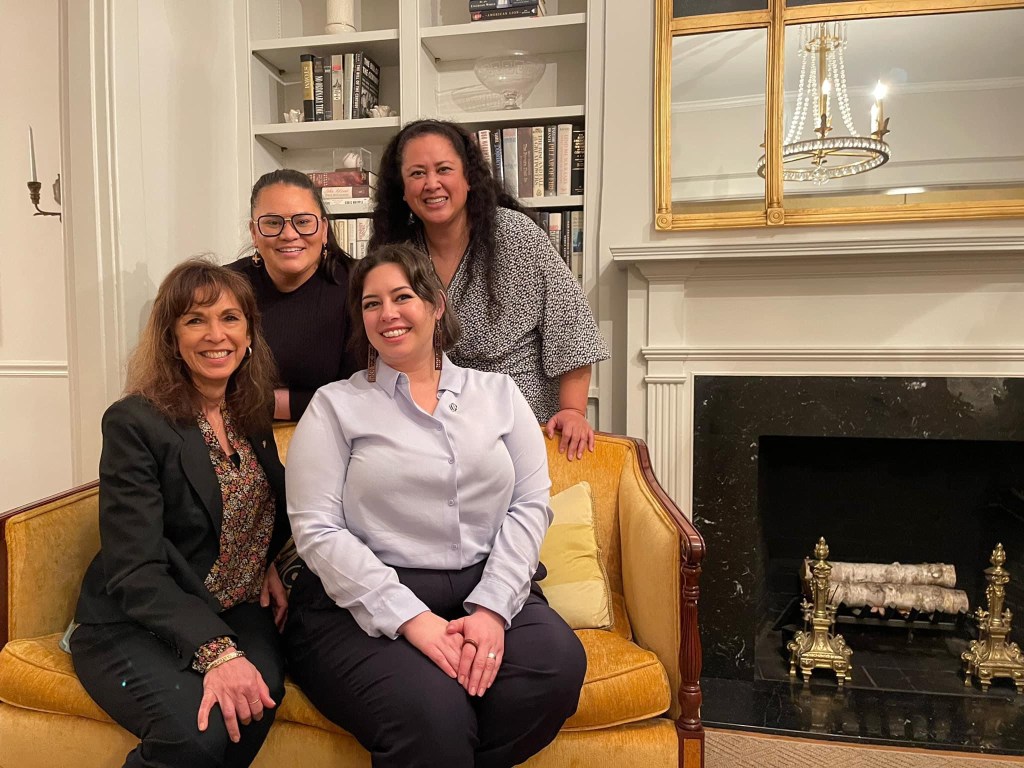
Lindsay Tuiasosopo, another P.I.A. leader, explains that P.I.A. also supports group members who are looking for professional development opportunities at Alaska.
“One of the challenges Pacific Islanders face in the workplace, from my experience, is finding a voice,” said Tuiasosopo. “When I started working for Alaska, it was one of my first professional jobs, and I had to learn how to use my voice in this setting. Growing up half-Samoan, a quarter Irish, and a quarter Scottish, I was taught to follow whatever your elders say without question.”
“Early in my career, that was how I functioned. I had to learn how to communicate effectively, that it was okay to speak up, and even if it was to say, ‘No, that’s not how we should do it. This is how we should do it.’ When I share this with other Pacific Islanders in our company, it resonates deeply.”
One of the group’s recent activities was a career panel featuring Pacific Islander Alaska employees, who discussed their professional journeys. They offered insights into how they’ve utilized corporate resources at Alaska, such as leadership programs, to get where they are today. Tuiasosopo says this is important for P.I.A. members who may be the first person in their families to pursue the types of career paths available at Alaska.
For Wright, P.I.A. has helped deepen the conversation around AANHPI Heritage Month. The group has fostered conversations about the different cultures within the AANHPI community, allowing for “more honest conversations about what AANHPI is, and who is included.”
P.I.A. also champions activities that celebrate different Pacific Islander cultures and learning among Alaska employees, including upcoming language classes for Alaska employees taught by Kumu Kahanuola Solatorio. His passion for promoting and teaching the Native Hawaiian language, ʻōlelo Hawaiʻi, shines through in his popular social media videos.
“I like to teach this phrase: A‘a i ka ‘ōlelo – dare yourself to speak,” says Solatorio. “It comes from a longer phrase or ʻōlelo noeʻau, that means dare to dance, leave your shame at home. When you come to my class donʻt be shy. Take some chances, take some risks, leave your shame at home and dare yourself to speak.”
Solatorio and P.I.A. are planning virtual classes for Alaska employees to learn ʻōlelo Hawaiʻi plus in-person classes in Seattle at Alaska’s headquarters.
“A lot of people want to learn ʻōlelo Hawaiʻi but don’t have access,” said Solatorio. “Bringing the language to them and making it more accessible is our main goal with this partnership.”
Like many of his students, Solatorio wasn’t raised speaking Hawaiian. But he fell in love with the language, studying it in college and as a graduate student.
Solatario’s biggest impact may be on Instagram. He started teaching his mom ʻōlelo Hawaiʻi and sharing the videos on social media. His Instagram handle @ehoopilimai means “repeat after me” in Hawaiian. Today, he has more than 30k followers.
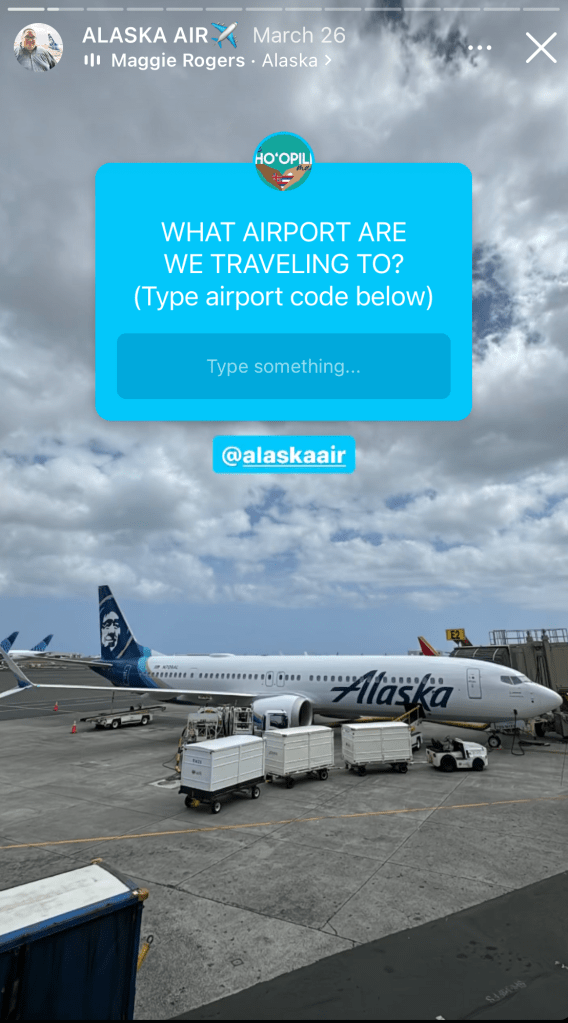
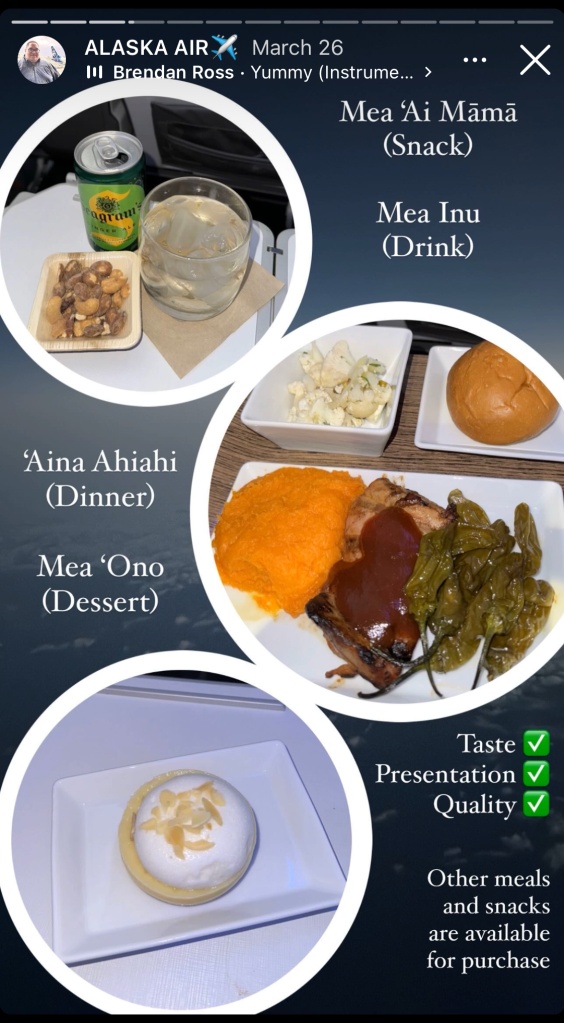
“It’s our kuleana (responsibility) as natives of Hawaiʻi to teach the incoming visitors the real value of Hawaiʻi,” he says. “It lies in the land, people, language and culture. Putting the kuleana on others to learn about Hawaiʻi before they come and learn about the real essence of Hawaiʻi.”
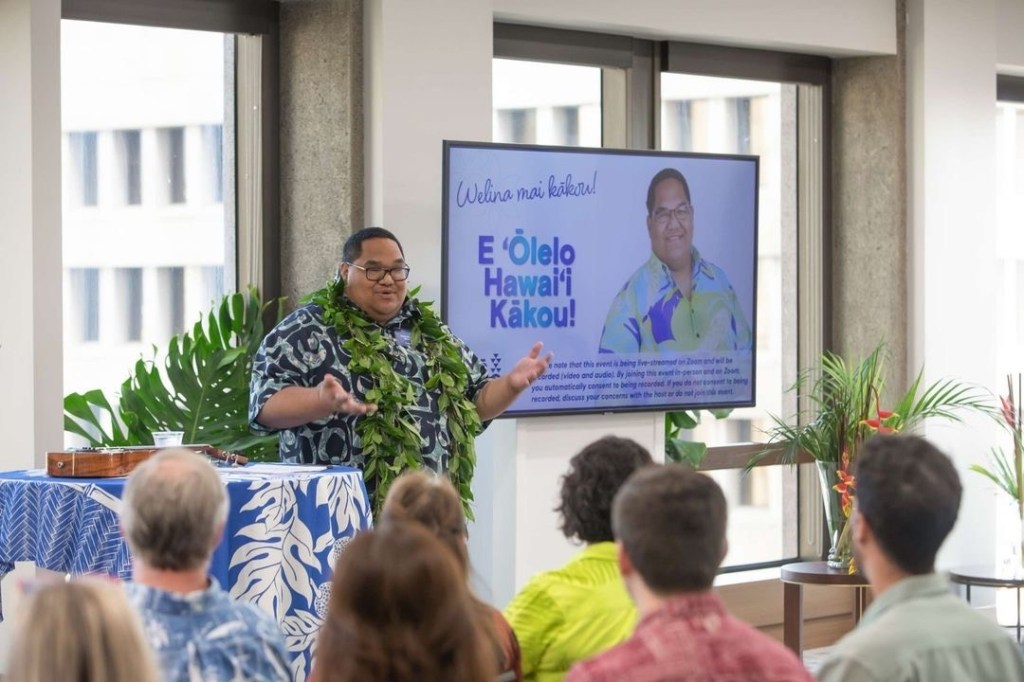
Solatorio’s partnership with Alaska also includes classes open to the public in communities where Alaska flies, with an emphasis on areas with large populations of Native Hawaiians and former Hawaiʻi residents. Follow him @ehoopilimai to learn more.



